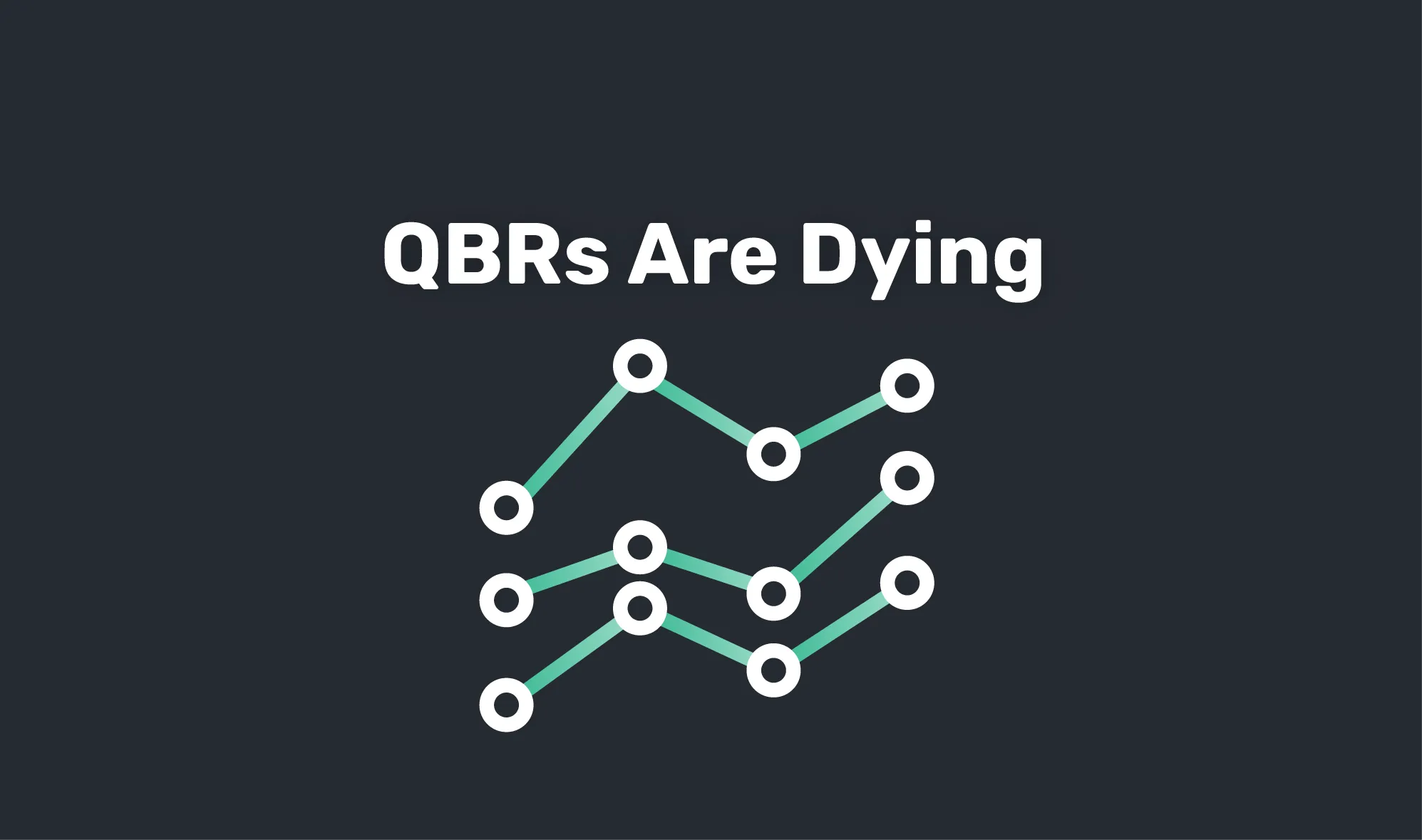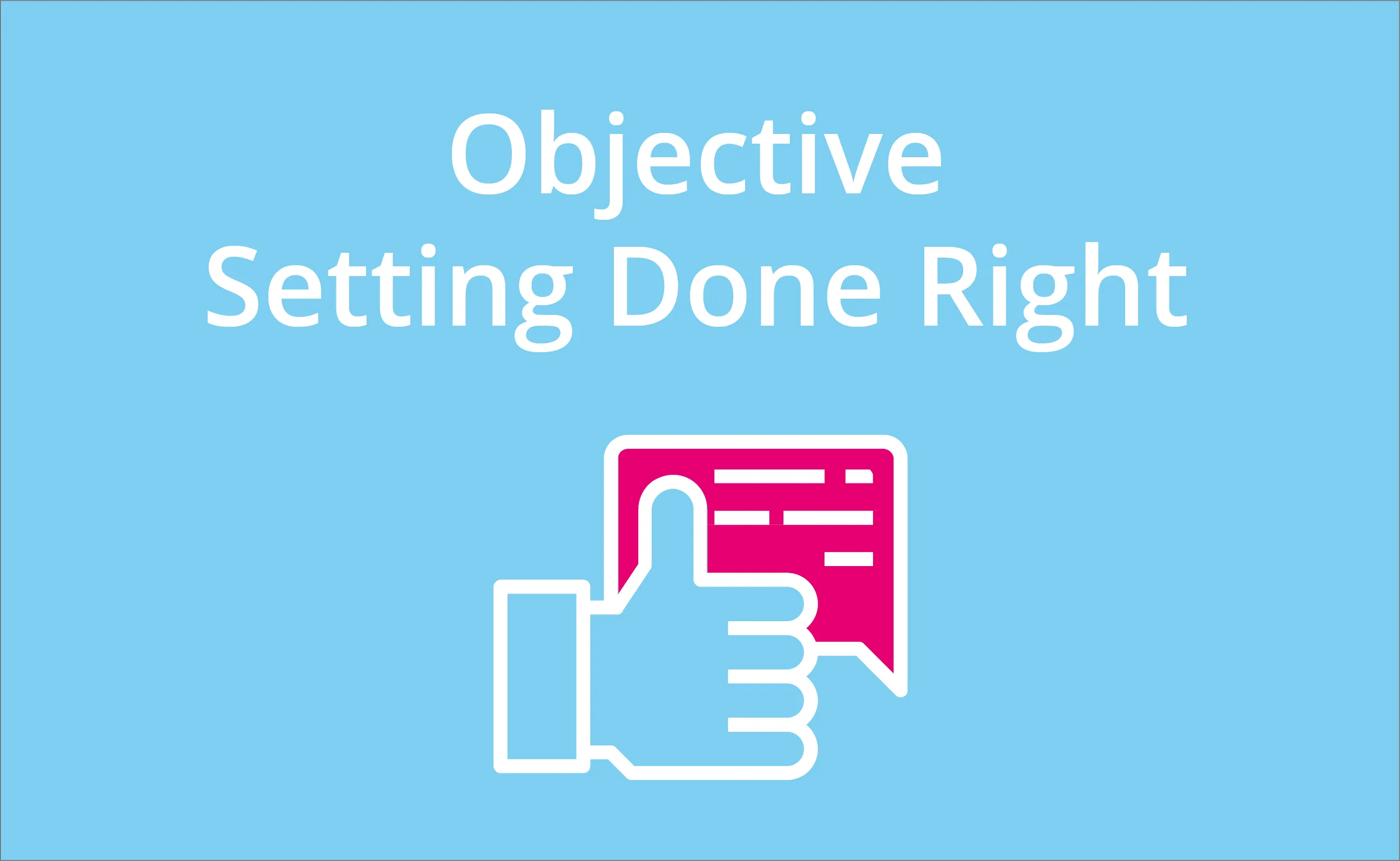
Channel account managers and other sales leaders have long relied on quarterly business reviews (QBRs) to assess business results and identify opportunities for improvement. But QBRs are dying. They’re still being used, but they’re on their last legs.
In today’s fast-paced, connected world, QBRs make about as much sense as relying on dinner parties to hear about major life updates from your friends.
Instead, you often hear about honeymoons, births, job promotions, etc., almost in real time through social media and texting. When you have in-person get-togethers, you can talk about the present, future plans, or anything else you want, rather than recapping the past.
Similar logic applies to QBRs, except the stakes are even higher. If you miss a vacation photo your friend posted on social media, it’s not the end of the world to catch up about their trip later.
But in business, if you’re always looking back at the last quarter and don’t know what’s going on with your channel partners and key commercial accounts in the present, you could be missing out on growth opportunities.
Plus, as we’ll explore in more detail in this article, QBRs are too time-consuming to make sense in today’s fast-paced world.
Channel account managers or customer success managers should be using their skills to build relationships and grow sales, not put together PowerPoints. That’s why dynamic collaboration tools will replace static QBRs.

Why Are QBRs Dying?
As alluded to above, QBRs hold businesses back. Modern tools enable real-time, continuous updates, and it no longer makes sense to review business results on a quarterly basis.
You wouldn’t send a letter to a colleague in another city to ask them a yes or no question; you could just send them a Slack message and get an almost immediate response. Likewise, QBRs ignore innovation that enables collaborative, continuous communication.
More specifically, QBRs have three main problems driving their demise:
1. QBRs Only Look Backward
If you want to know what happened last quarter, a QBR could tell you that. But then what? Are you supposed to build your plan for the next quarter based only on previous information?
Imagine relying on a business plan based solely on what happened in Q4 2019, rather than adapting as the Covid pandemic unfolded more in Q1 2020. Channel partners and key account plans should be able to adapt to new circumstances as they arise and ideally anticipate what lies ahead.
If you got new information today, like the Federal Reserve raising interest rates, you might decide to proactively adjust your business plans based on what you think higher borrowing costs will mean for your customers (or whatever the situation might be). Your eyes should be looking forward most of the time, not glued to the rearview mirror.
2. QBRs Provide Limited ROI Insights for Channel Managers
If you’re investing in growing your channel sales, you want to know whether that’s a good use of money. But QBRs provide limited insights into your return on investment (ROI) based on their static, backward-looking nature.
To find your ROI, you need the right data, including your channel partner spending and channel partner sales. Yet this data can be stuck in disparate systems like your customer relationship management (CRM) or business intelligence (BI) tools, and it’s hard to line everything up to figure out how effective your spending is.
And it’s not just about the cash you spend. You often need data from these other tools to figure out the ROI of your employees and partners spending time on various initiatives, when other actions might be more lucrative.
Even if you’re able to pull all this data together manually into a QBR, that takes a lot of time and effort, and it only tells you what happened in the past, not the present.
Mark Uppelschoten, Channel Sales Manager at OneIdentity, told Qollabi that he must spend half a day on the phone with a channel account manager just to figure out what’s going on with that one account. Now imagine trying to figure out if your resources are being put to good use across all your accounts.
3. QBRs Are Too Resource-Intensive
QBRs take too much effort to put together to be worth it. Not only is it frustrating to spend time chasing people down for updates and difficult to pull everything to figure out your ROI, but it’s also generally not a good use of people’s time.
Another business leader told Qollabi that they want to see channel account managers meeting with partners, not doing the administrative work needed to put together a QBR. They should be using their skills to strengthen partnerships and close deals, rather than making PowerPoints.
Even if you have a QBR template or administrative support staff that can help create QBR presentations, that still requires input from too many stakeholders. All the phone calls, emails, Excel-searching, and other actions needed to track down the data and insights for a QBR involve too many people and take too long to be effective.
What Should Businesses Replace QBRs With?
While the problems with QBRs might be apparent, you might be wondering what the alternative is. Shared spaces like cloud-based project management platforms and instant messaging tools are on the right track, but an even better solution is to use a business relationship management (BRM) platform.
This new category is like a CRM for channel partner sales. Much like a CRM provides visibility into your direct sales, a BRM can help you build more predictability and clarity for indirect sales. You'll know what your pipeline looks like and what you need to do to reach your sales goals.
A BRM also fills gaps found in partner relationship management (PRM) tools. PRMs can help with areas like partner onboarding and developing marketing collateral, but they typically lack frameworks to track business planning, especially in terms of getting partners to commit to these plans. So, you can use a BRM to build joint action plans and accountability with your partners.

With a BRM, you can see the status of your channels, engage with partners in real-time, send automated updates to key stakeholders, and more. Essentially, a BRM gives you the on-demand version of a QBR.
The days of slow, static reports are fading. QBRs are being replaced with a dynamic way of working that saves time, builds alignment, and ultimately drives better results.
While you still will likely have formal business reviews, a BRM will make these reviews easier. You can save time by having the right data easily accessible and having an existing understanding of your partners’ statuses.
Eventually, you can get to the point where you’re so in sync that you don’t need QBRs.



